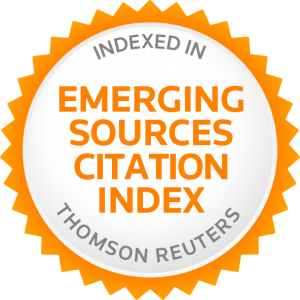PHONETIC EVIDENCE FOR THE NASAL CODA SHIFT IN MANDARIN
James H. Yang
This paper presented phonetic evidence to resolve the transcription disagreement concerning the syllable-final nasal shift in the variety of Mandarin spoken in Taiwan. Although three judges agreed that the rhyme /iŋ/ underwent a sound change, they perceived the nasal coda shift differently. Two of them transcribed it as a modification from /iŋ/ to /in/, whereas the other asserted that the velar nasal disappears with its preceding vowel nasalized. In order to resolve this transcription conflict, this study analyzed the acoustic attributes of the speculative sound alterations in question, including /in/, /iŋ/, /i/ and /ĩ/. The phonetic analysis indicated that the Taiwanese participants did not nasalize the preceding vowel deleting the nasal coda but tended to pronounce the post-vocalic velar nasal as its dental counterpart. This study concluded by discussing the implications of the synchronic variation for the theories of the nasal coda shift in Chinese dialects.
Key words: Phonetic analysis, sound change, nasal coda, Mandarin



